Touch technology has become a cornerstone of modern electronics, shaping the way we interact with smartphones, tablets, laptops, industrial panels, and home appliances. Selecting the right high-quality touch chip for your electronics project is essential to ensure smooth, responsive, and reliable performance. For beginners, this process can seem complex, but with a structured approach, it’s easy to make an informed choice.
Tonghua Electronics, specializing in diodes, transistors, bridge rectifiers, Zener diodes, MOSFETs, TVS diodes, and offering packages such as SMA, SMB, SMC, SOD-123, SOT-23, DO-41, DO-15, provides high-quality touch chips designed for both consumer and industrial applications.
Step 1: Identify Core Features of Touch Chips
High-quality touch chips have specific characteristics that affect their performance:
-
High Sensitivity: Can detect subtle touch inputs from fingers or styluses and convert them into precise electrical signals.
-
Fast Response: Typically reacts in milliseconds, providing smooth touch interactions.
-
Reliability: No moving parts mean less wear, longer service life, and stable operation.
-
Low Power Consumption: Minimizes energy use, crucial for battery-powered devices.
Pro Tip: Different projects require different sensitivity levels. Industrial equipment may tolerate slightly slower response, while consumer electronics demand ultra-fast detection.
Step 2: Define Application Requirements
Understanding where the touch chip will be used is crucial:
-
Consumer Electronics: Smartphones, tablets, laptops, and smartwatches demand high sensitivity and fast response.
-
Home Appliances: Refrigerators, washing machines, and microwave ovens often replace mechanical buttons with touch panels. Chips must withstand frequent use and moisture exposure.
-
Industrial Control: Factory control panels require robust, noise-resistant chips capable of operating in high-temperature and high-interference environments.
Pro Tip: Create a checklist of features your project requires, including multi-touch, gesture recognition, and water or dust resistance.
Step 3: Compare Electrical and Physical Specifications
When selecting a chip, evaluate its electrical and physical parameters:
| Feature | Consideration |
|---|---|
| Voltage & Current Ratings | Ensure compatibility with your device’s power supply |
| Package Type | SMA, SMB, SMC, SOD-123, SOT-23, DO-41, DO-15; affects PCB layout and heat dissipation |
| Interface | I2C, SPI, capacitive; match with your microcontroller or processor |
| Operating Temperature | Ensure reliability in your device’s environment |
| Pin Configuration | Matches your PCB design and circuit layout |
Pro Tip: Refer to Tonghua Electronics’ datasheets for detailed specifications. Their chips are designed for versatile integration.
Step 4: Evaluate Performance Metrics
Key performance aspects include:
-
Sensitivity consistency: Chip should detect subtle touches under different conditions.
-
Response speed: Crucial for touch screens in devices like tablets and smartphones.
-
Power consumption: Essential for battery-operated devices.
-
Durability: Ensure long-term stable operation without degradation.
Example: Tonghua Electronics’ high-quality touch chips respond in milliseconds, have minimal power consumption, and support extended operation in consumer and industrial environments.
Step 5: Manufacturer Support and Documentation
A reliable manufacturer ensures project success:
-
Datasheets: Detailed pinout, operating parameters, and application notes.
-
Reference Designs: Sample circuits to accelerate prototyping.
-
Technical Support: Guidance for beginners integrating chips into projects.
Tonghua Electronics provides comprehensive support, making integration easier for both novice and professional developers.
Step 6: Review Application Case Studies
Case Study 1: Smart Home Panel
-
A touch chip replaces mechanical buttons in a refrigerator control panel.
-
Benefits: Smooth operation, low power consumption, and enhanced durability.
Case Study 2: Industrial Control System
-
Touch chips in factory HMIs improve precision and reduce mechanical failures.
-
Benefits: Noise-resistant, reliable over thousands of operations.
Case Study 3: Portable Electronics Prototype
-
A beginner project using a touch chip to create a DIY tablet.
-
Benefits: Fast response, low power, easy integration.
Step 7: Prototype and Test
Testing is essential:
-
Integrate the chip with your microcontroller or touch panel.
-
Measure response speed and accuracy.
-
Test under different lighting, humidity, and temperature conditions.
-
Evaluate power consumption during extended operation.
Pro Tip: Tonghua Electronics’ chips are beginner-friendly and suitable for quick prototyping, providing reliable performance without complex adjustments.
Step 8: Plan for Scalability
For future-proof designs:
-
Ensure chips support multi-touch or advanced gestures.
-
Check compatibility with additional peripherals or modules.
-
Consider long-term supply reliability if planning large-scale production.
Step 9: Integration Tips
-
Use proper grounding and decoupling capacitors to reduce electrical noise.
-
Maintain correct PCB trace layout for signal integrity.
-
Calibrate sensitivity settings in software if supported by the chip.
-
Implement protective coatings if used in humid or industrial environments.
Step 10: Common FAQs
Q1: Can I use consumer-grade touch chips in industrial projects?
A: Only if the operating environment is controlled; otherwise, industrial-grade chips are recommended.
Q2: How do I know if the response speed is fast enough?
A: Look for specifications in milliseconds; Tonghua Electronics provides chips with ultra-fast response.
Q3: Are touch chips compatible with all microcontrollers?
A: Check the interface type (I2C, SPI, capacitive). Tonghua chips support standard protocols widely used in projects.
Conclusion
Selecting the right high-quality touch chip is critical for any electronics project, whether beginner or professional. By considering features, applications, electrical specifications, performance, and manufacturer support, you can ensure smooth, reliable, and responsive touch functionality.
Tonghua Electronics provides a wide range of touch chips with high sensitivity, fast response, long durability, and low power consumption, making them an excellent choice for consumer electronics, home appliances, and industrial control applications.
With this step-by-step guide, beginners can confidently choose and integrate touch chips, creating projects that are functional, durable, and engaging.
www.tonghua-electronics.com
Tonghua Electronics Co, Ltd.
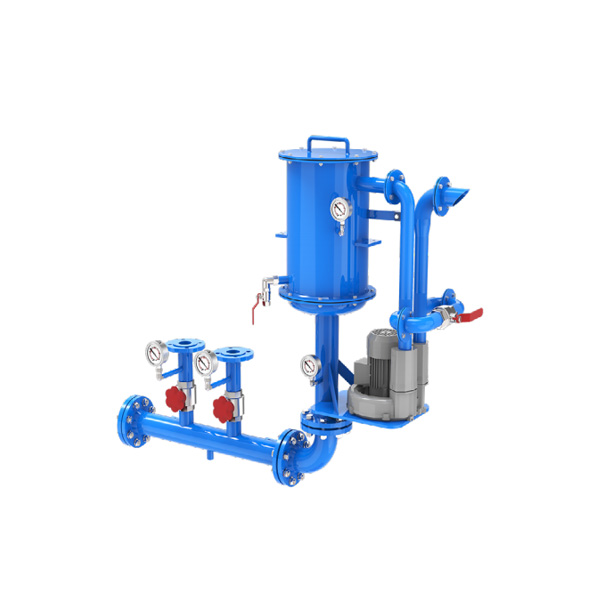
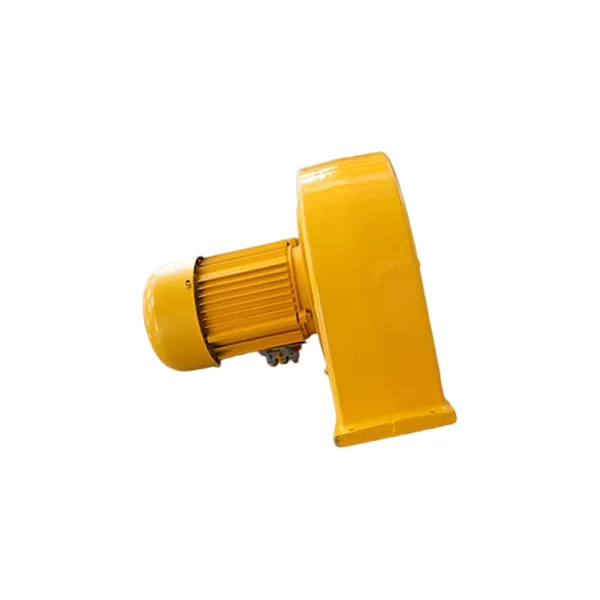
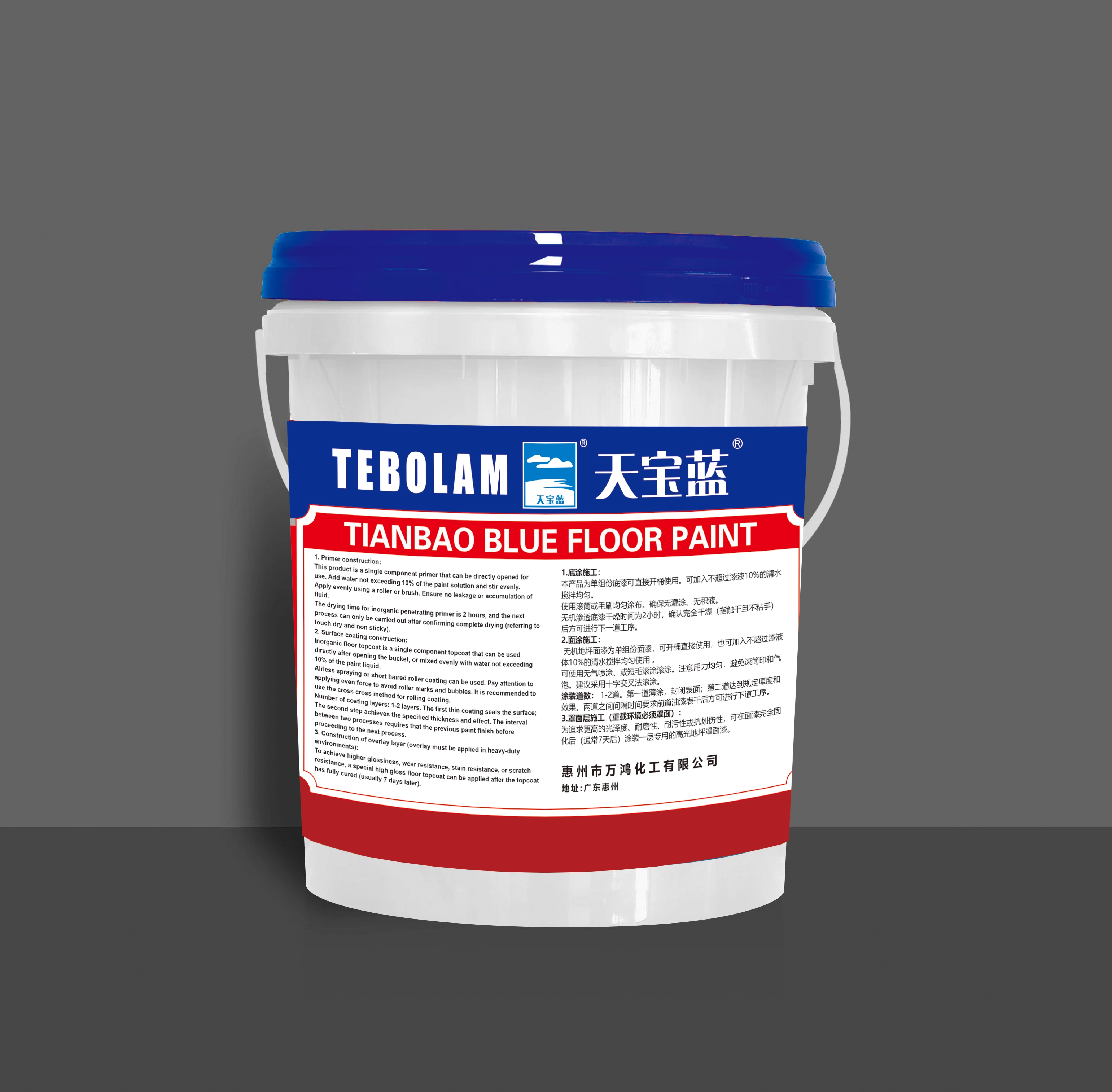
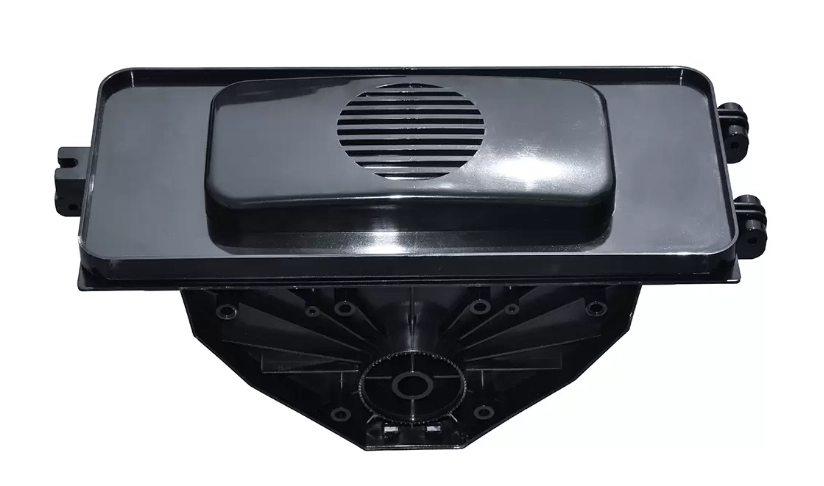

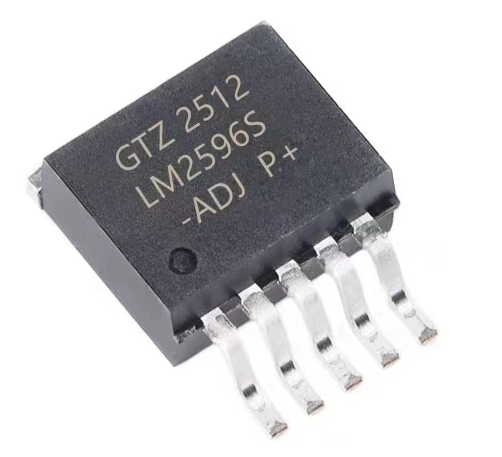
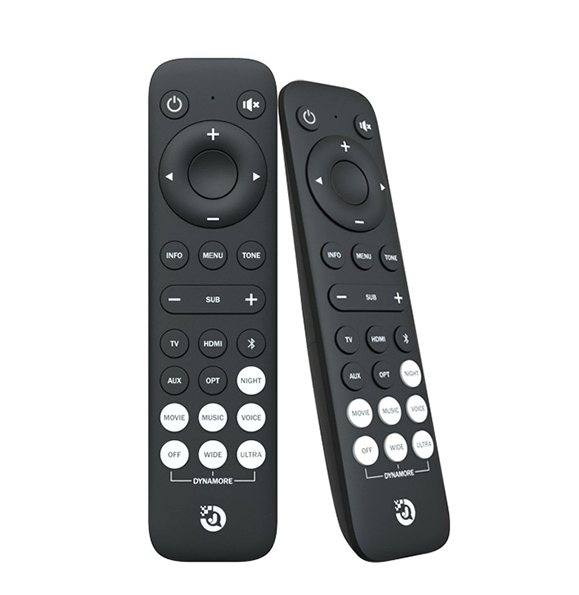
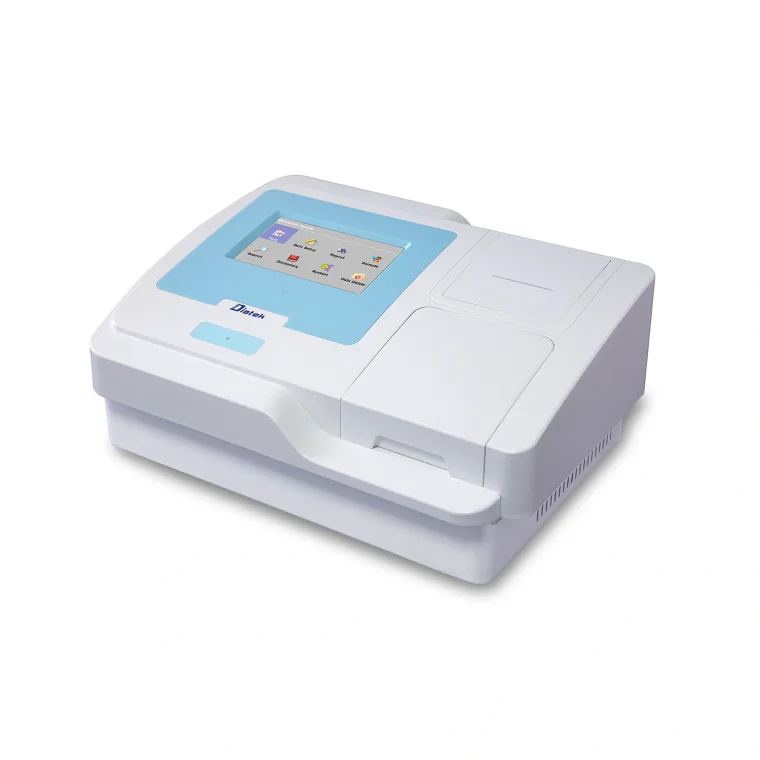


+ There are no comments
Add yours